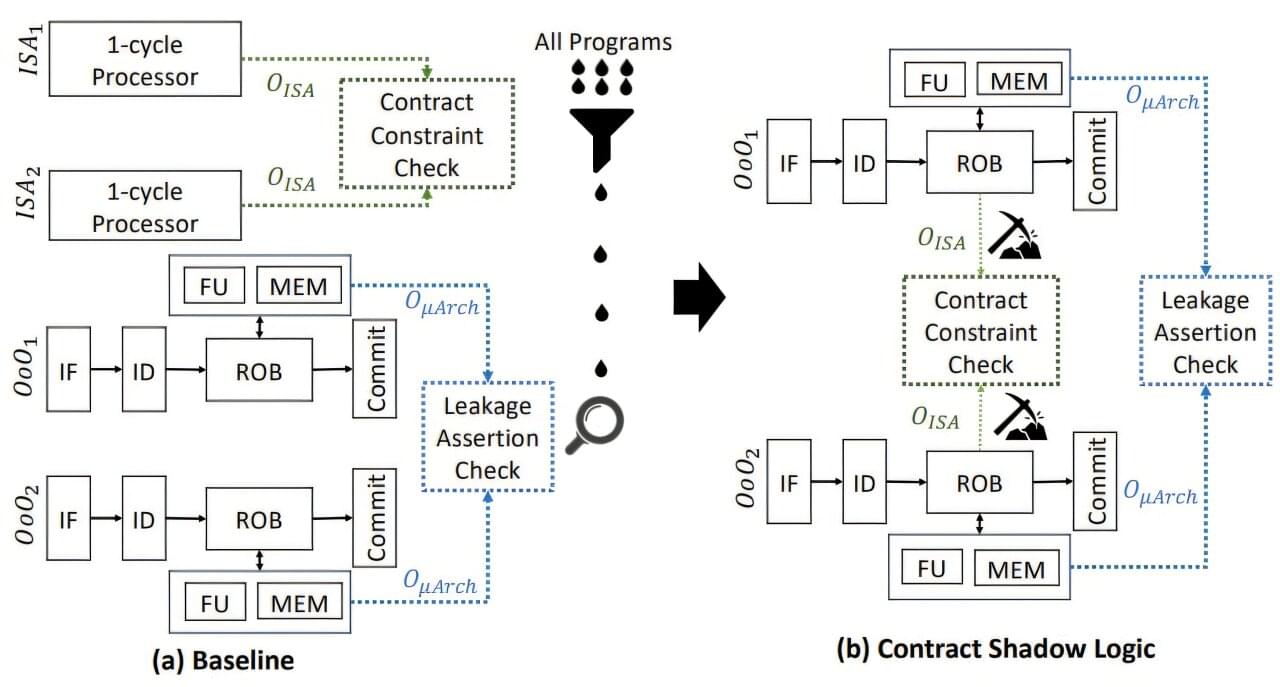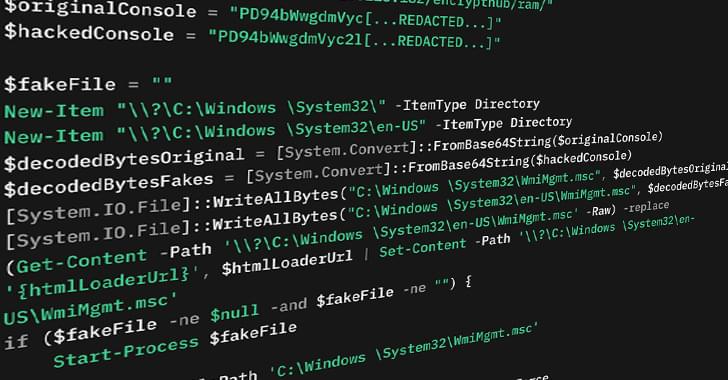More than seven years ago, cybersecurity researchers were thoroughly rattled by the discovery of Meltdown and Spectre, two major security vulnerabilities uncovered in the microprocessors found in virtually every computer on the planet.
Perhaps the scariest thing about these vulnerabilities is that they didn’t stem from typical software bugs or physical CPU problems, but from the actual processor architecture. These attacks changed our understanding of what can be trusted in a system, forcing security researchers to fundamentally reexamine where they put resources.
These attacks emerged from an optimization technique called “speculative execution” that essentially gives the processor the ability to execute multiple instructions while it waits for memory, before discarding the instructions that aren’t needed.









